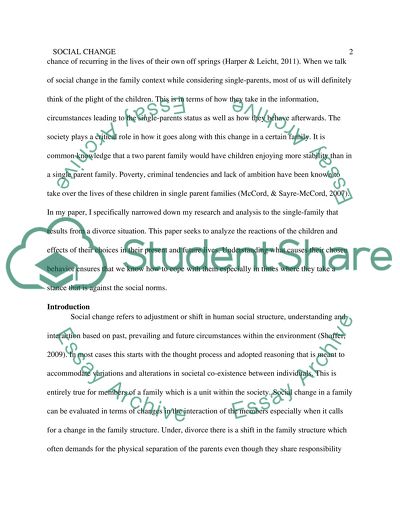Cite this document
(“Social Change Research Paper Example | Topics and Well Written Essays - 3000 words”, n.d.)
Retrieved from https://studentshare.org/sociology/1477050-social-change
Retrieved from https://studentshare.org/sociology/1477050-social-change
(Social Change Research Paper Example | Topics and Well Written Essays - 3000 Words)
https://studentshare.org/sociology/1477050-social-change.
https://studentshare.org/sociology/1477050-social-change.
“Social Change Research Paper Example | Topics and Well Written Essays - 3000 Words”, n.d. https://studentshare.org/sociology/1477050-social-change.


